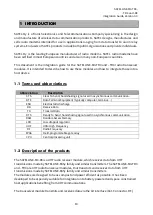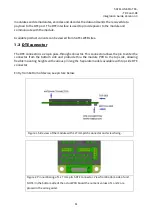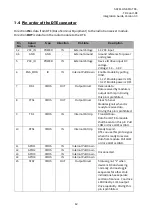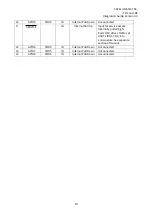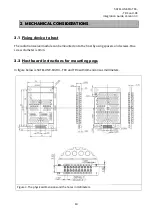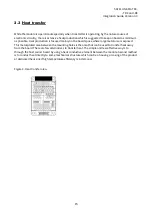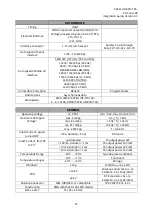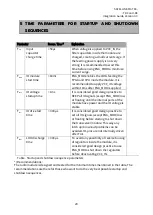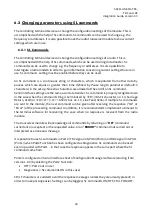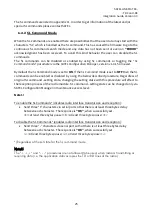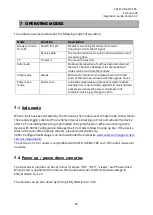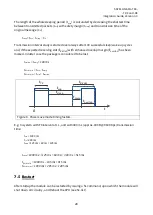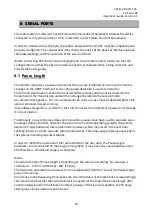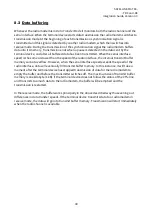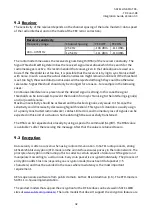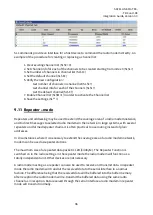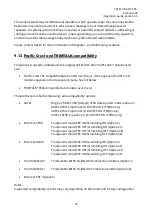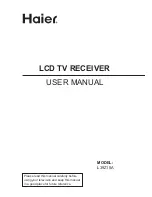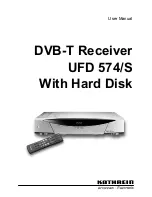
SATELLINE-M3-TR3,
–
TR4 and -R4
Integration Guide, Version 3.0
24
6.2
Changing parameters using SL commands
The controlling terminal device can change the configuration settings of the module. This is
accomplished with the help of SL commands. SL commands can be used to change e.g. the
frequency or addresses. It is also possible to ask the radio transceiver module to show current
settings which are in use.
6.2.1
SL Commands
The controlling terminal device can change the configuration settings of a radio. This is
accomplished with the help of SL commands, which can be used during data transfer. SL
commands can be used to change e.g. the frequency or addresses. It is also possible to
interrogate a radio modem in order to gain information concerning current settings that are in
use. SL command -setting must be enabled before they can be used.
An SL command is a continuous string of characters, which is separated from other data by
pauses which are equal or greater than time defined by Pause length parameter (default=3
characters) in the set-up. No extra characters are allowed at the end of an SL command.
Serial interface settings are the same as in data transfer. SL command is properly recognised also
in the case when the command string is terminated by <CR> (=ASCII character no. 13, Carriage
Return, 0x0d) or <CR><LF> (<LF> = ASCII char. no. 10, Line Feed, 0x0a). If multiple SL commands
are sent to the module, the next command can be given after receiving the response ("Ok" or
"Error") of the proceeding command. In addition, it is recommended to implement a timeout to
the terminal software for recovering the case when no response is received from the radio
module.
The transceiver module will acknowledge all commands by returning an "
OK"
(command
carried out or accepted) or the requested value, or an "
ERROR"
(command not carried out or
interpreted as erroneous) message.
it is possible to use SL commands in Port 2 (TD2 signal in GPIO3 (Pin13) and RD2 signal in GPIO1
(Pin11)) when Port2 Function has been configured as Diagnostics. SL commands can be used
even in parallel with Port1
–
in that case the response appears in the same port where the SL
command came from.
Port2 is configured on Serial Interface sheet of Configuration Manager software (starting from
version 1.8.0) by selecting the Port2 Function:
•
OFF (=Port 2 not in use)
•
Diagnostics (=SL commands ON in this case)
CR/LF characters are added to end the response messages (unless they are already present) in
order to make parsing easier. Settings can be toggled, SL Commands ON/OFF, CR/LF ON/OFF.

